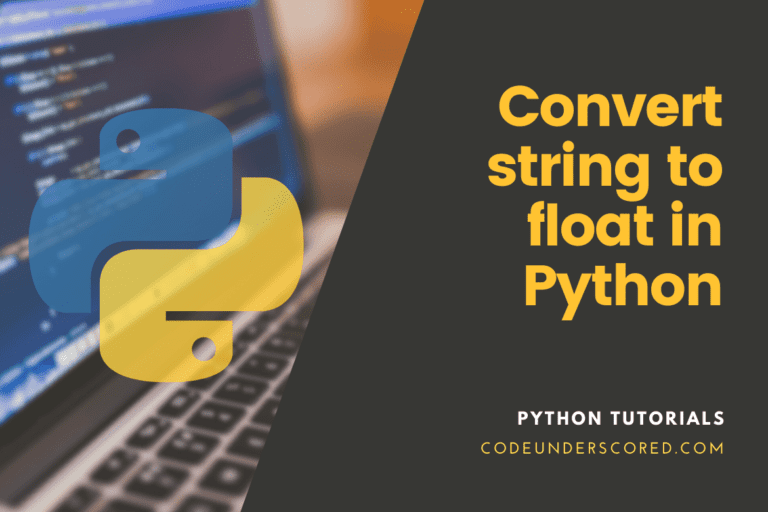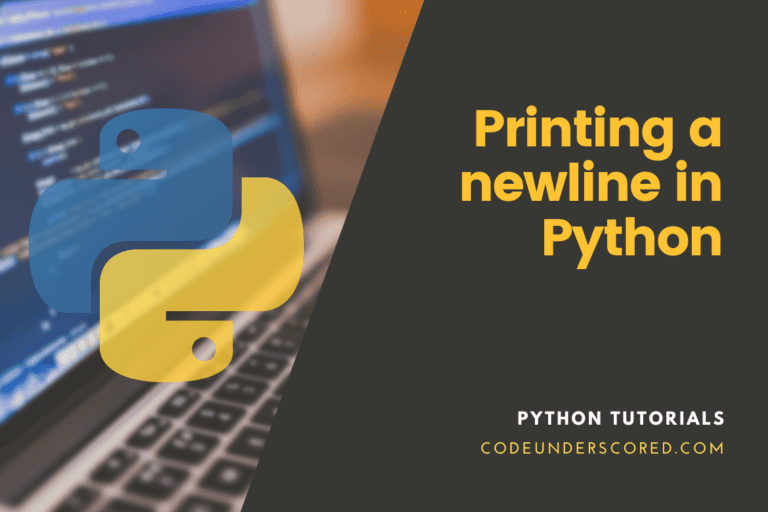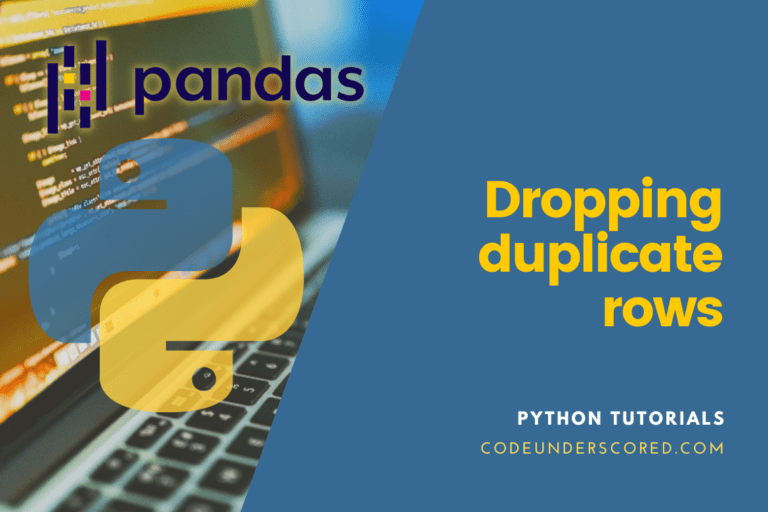We seek to explore the essential functions of Python objects and classes in this article. You’ll find out what a class is, how to make one, and how to use one in your application.
Objects and Classes in Python
Python is a computer language that focuses on objects. In contrast to procedure-oriented programming, object-oriented programming places a greater emphasis on objects. A collection of data, i.e., variables and methods (functions) that act on that data, is an object. On the other hand, a class is a blueprint for that item.
A class can be compared to a home’s rough sketch (prototype). It covers all of the floors, doors, and windows, among other things. We construct the house based on these descriptions. The item in this illustration is a house.
We can come up with various objects from a given class, just as we can make many houses from a house’s plan. A class instance is sometimes known as an object, and producing this object is known as instantiation.
Consider the case where you want to keep track of the number of cows with various characteristics such as breed and age. The first list element maybe the cow’s breed, while the second element may be age. What if there are more than one hundred different cows? How do you go about telling which one is supposed to be which? What if you wanted to give these cows other abilities? Essentially, there is no easy way, which is precisely why classes are required.
A class is responsible for creating a user-defined data structure with its data members and member methods. The latter helps access and utilization through the establishment of the class instance. In essence, a class is similar to an object’s blueprint.
Some considerations for the Python class:
- The term class is used to create classes.
- The variables that make up a class are known as attributes.
- The dot (.) operator can be used to access attributes that are always public. For example, Myclass.Myattribute
OOP Terminology Overview
- A class easily stands out as a user-defined prototype for an object that defines a set of qualities that all objects in the class must have. Data members, including class variables, instance variables, and methods, are the attributes accessed using dot notation.
- Class variable: A class’s variable is a variable that all instances of the class share. It is a class variable or instance variable that holds data linked with a class, and its object is a data member. Class variables are defined within a class but outside of any class’s methods. Instance variables are used more frequently than class variables.
- Overloading: The assignment of many behaviors to a single function is known as function overloading. The operation is different depending on the sorts of objects or arguments used.
- Instance variable: A variable defined within a method that only applies to the present instance of a class.
- Inheritance: The transfer of a class’s characteristics to other classes derived from it is known as inheritance.
- Instance: An instance of a class is a single object of that class. An instance of the class Circle is, for example, an object obj that belongs to the class Circle.
- Instantiation: Instantiation is the process of creating a class instance.
- Method: A method is a type of function defined in the definition of a class.
- Object: An object is a one-of-a-kind instance of a data structure described by its class. Data members comprising of class variables and instance variables and methods make up an object.
- Operator overloading: The assignment of multiple functions to a single operator is known as operator overloading.
Creating a Python Class
Class definitions are synonymous with beginning with the class keyword in Python, similar to function declarations starting with the def keyword. The docstring is the first string inside the class, and it contains a brief description of the class. It is strongly recommended; however, it is not required.
# class definition example class CodeClass: '''This is a docstring. I have created a code class''' pass
A class declares all of its attributes in a new local namespace. In addition, data or functions can be used as attributes. It also contains unique properties that start with double underscores. For example, doc returns the class’s docstring.
A resultant novel class object with a similar name is produced when defining a class. In addition, we may use this class object to access the various characteristics and create new objects of that class.
class Employee:
"This is an Employee class."
age = 32
def greet(self):
print('How are you?')
# Output: 32
print(Employee.age)
# Output: <function Employee.greet>
print(Employee.greet)
# Output: "This is an Employee class."
print(Employee.__doc__)Objects of a Class
A class can be equated to a blueprint, whereas an instance is a class clone containing actual data. A Class’s instance is an Object. The latter is no longer a concept; it’s a living creature, like a seven-year-old Jersey cow. You can have a lot of cows to make a lot of different scenarios, but without the class to guide you, you’d be lost and have no idea what information is needed.
The following elements make up an object:
- state: The characteristics of an object represent the state. It also reflects an object’s attributes.
- Behaviour: The behavior of an object is represented by its methods. It also represents an object’s reaction to other objects.
- Identity: It gives a thing a unique name and allows it to communicate with other objects.
Creating objects In Python
We saw how to use the class object to retrieve various characteristics. It can also be used to create new object instances of that class. The latter is called instantiation. The process of creating an object is comparable to calling a function.
laborer = Employee()
It will create a new laborer object instance. Using the object name prefix, we may access the attributes of objects. In addition, data or methods can be used as attributes. An object’s methods correspond to the class’s functions. Because Employee.greet is a function object (class attribute), it will be a method object.
class Employee:
"This is an Employee class."
age = 32
def greet(self):
print('How are you?')
# create a new object of Person class
labourer = Employee()
# Output: <function Employee.greet>
print(Employee.greet)
# Output: <bound method Employee.greet of <__main__.Employee object>>
print(labourer.greet)
# Calling object's greet() method
# Output: Hello
labourer.greet()You may have noticed the self parameter in the class’s function declaration, but we just called the method laborer.greet() is a function that accepts no arguments. It was still functional. It is the case because the object is supplied as the first argument whenever it calls its method. As a result, laborer.greet() becomes Employee.greet().
Calling a method with an argument list of n equals the corresponding function with an argument list generated by putting the method’s object before the first argument.
As a result, the object itself must be the first argument of the class function. It is commonly referred to as “self.” It can be titled in any way you choose. However, we strongly advise you to stick to the norm.
The self
In the method definition, class methods must have an additional initial parameter. The self parameter refers to the current instance of the class, and it is used to access class-specific variables. We don’t specify a value for this parameter; Python does.
We still need one parameter if a method doesn’t take any arguments. In C++, this is similar to this pointer, and in Java, this is similar to this reference.
Python automatically converts myobject.method(arg1, arg2) into MyClass.method(myobject, arg1, arg2) when we invoke a method of this object as myobject.method(arg1, arg2) — this is what the special self is for. It doesn’t have to be called self; you can call it whatever you like, but it must be the first parameter in any class function:
class Employee:
def __init__(selfName, name, age):
selfName.name = name
selfName.age = age
def myfunc(xxy):
print("Hello Codeunderscored, my name is " + xxy.name)
emp_one = Employee("Mark", 19)
emp_one.myfunc()The statement “pass.”
Class definitions by default cannot be empty, but if you have an empty class definition for some reason, add the pass statement to avoid an error.
class Employe: pass
Python constructors
Special functions are class functions that begin with a double underscore and have a unique meaning. The init() function is of particular relevance. This particular function is invoked when a new object of that class is instantiated.
Constructors are used to set the state of an object. In addition, a constructor, like methods, includes a collection of statements (i.e., instructions) that are performed when an object is created. The constructors in C++ and Java are identical to the init method. It starts running as soon as a class object is created.
The method can be used to do any object initialization. Constructors are another name for this type of function in Object-Oriented Programming (OOP).
We usually utilize it to set up all manner of variables.
class AdvancedNumber:
def __init__(self, r=0, i=0):
self.real = r
self.img = i
def get_data(self):
print(f'{self.real}+{self.img}j')
# Create a new AdvancedNumber object
adNum = AdvancedNumber(4, 9)
# Call get_data() method
# Output: 4+9j
adNum.get_data()
# Create another AdvancedNumber object
# and create a new attribute 'attr'
num
_val = AdvancedNumber(8)
num_val.attr = 5
# Output: (8, 0, 5)
print((num_val.real, num_val.imag, num_val.attr))
# but c1 object doesn't have attribute 'attr'
# AttributeError: 'AdvancedNumber' object has no attribute 'attr'
print(adNum.attr)We created a new class to represent complex numbers in the preceding example. It has two functions: init() for initializing variables (defaults to zero) and get_data() for appropriately displaying the number.
It’s worth noting that characteristics of an object can be created on the fly in the previous stage. For object num_val, we generated and read a new attribute called attr. However, for object adNum, this does not create that attribute.
Instance and Class Variables
Class variables are for properties and methods shared by all class instances, whereas instance variables are for data unique to each instance. Class variables are variables whose value is assigned in the class, but instance variables are variables whose value is set inside a constructor or method using self.
Using a constructor to define an instance variable.
# program showing the variables with the value assigned in the class declaration, are class variables and
# variables inside methods and constructors are instance variables.
# Class for Cow
class Cow:
# Class Variable
animal = 'cow'
# The init method or constructor
def __init__(self, breed, color):
# Instance Variable
self.breed = breed
self.color = color
# Objects of Cow class
jersey = Dog("Jersey", "black")
guernsey = Dog("Guernsey", "brown")
print('Jersey details:')
print('Jersey is a', jersey.animal)
print('Breed: ', jersey.breed)
print('Color: ', jersey.color)
print('\nGuernsey details:')
print('Guernsey is a', guernsey.animal)
print('Breed: ', guernsey.breed)
print('Color: ', guernsey.color)
# variables in a class accessed using the class
's name
print("\nAccessing class variable using class name")
print(Cow.animal)
Using the standard technique to define an instance variable
# program for showing that we can create instance variables inside methods
# Class for Cow
class Cow:
# Class Variable
animal = 'cow'
# This is the constructor method
def __init__(self, breed):
# declaration of an instance variable
self.breed = breed
# Adds an instance variable
def setColor(self, color):
self.color = color
# Retrieves instance variable
def getColor(self):
return self.color
# Driver Code for Cow class
jersey = Cow("Jersey")
jersey.setColor("black")
print(jersey.getColor()) Removing Attributes and Objects
The del statement helps delete any attribute of an object at any time. To see the results, run the following command in the Python shell.
num_one = ComplexNumber(2,3) del num_one.img num_one.get_data() del ComplexNumber.get_data num_one.get_data() # Using the del statement, we can even delete the object itself. c_num = ComplexNumber(1,3) del c_num c_num
It’s a little more complicated. When we use c_num = ComplexNumber(1,3), we construct a new instance object in memory with the identifier c_num.
The command del c_num removes this binding and deletes the name c_num from the relevant namespace. On the other hand, the object remains in memory and is immediately destroyed if no other name is assigned. Garbage collection is the process of automatically destroying unreferenced objects in Python.
Conclusion
A class is a blueprint or prototype that a given user first defines, and it helps build things. Essentially, classes allow you to group data and functionality.
A new class introduces a new type of object, allowing for the creation of new instances of that type. Each class instance can have its attributes to keep track of its status. Class instances have methods for changing their state specified by their respective class.







